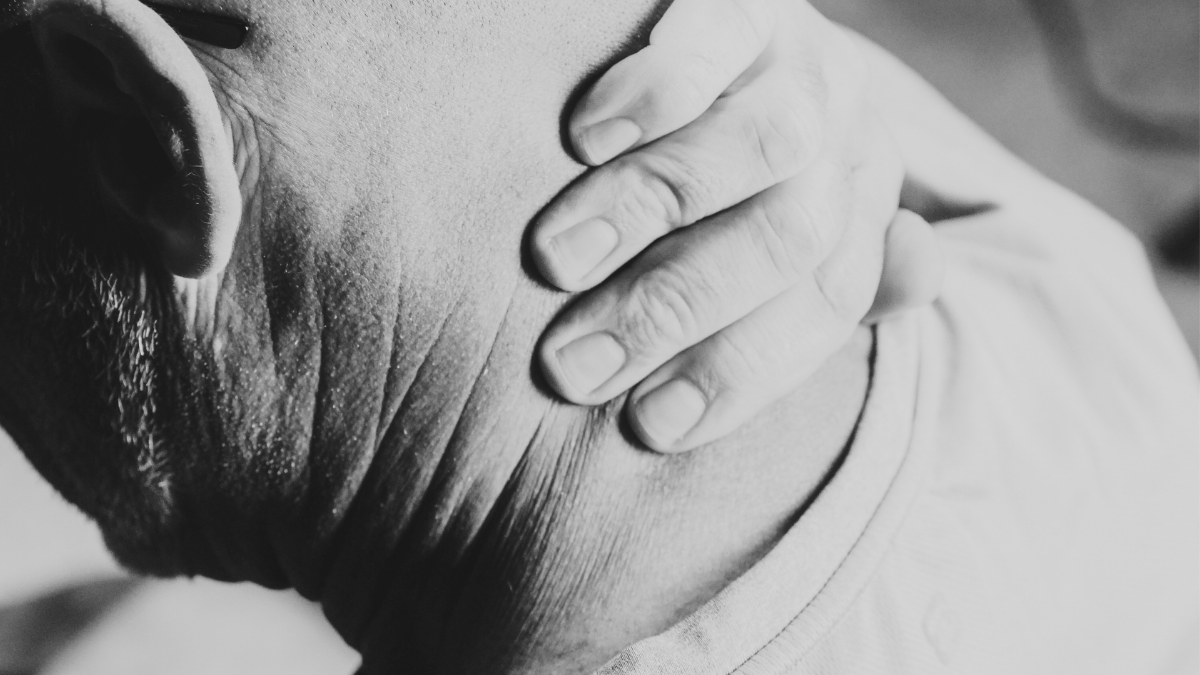Why Do I Feel So Stiff? A Physiotherapist’s Perspective on Muscle Stiffness
Do you wake up feeling like the Tin Man before he found his oil can? Does getting up from your desk feel like a major operation? Or maybe your muscles just feel generally tight, restricted, and resistant to movement? Muscle stiffness is an incredibly common complaint, affecting people of all ages and activity levels. While the immediate thought might be “My muscles are too tight, I need to stretch more!”, the reality of stiffness is often more complex, and the solutions might involve more than just pulling on tight tissues.
What Does ‘Stiffness’ Actually Mean? More Than Just ‘Tight’ Muscles
Stiffness is primarily a sensation – a feeling of resistance or difficulty when trying to move a body part through its range. While we often equate this feeling with muscles being physically ‘short’ or ‘tight’, this isn’t always the case. That sensation of stiffness can arise from various contributors:
- After Activity: Delayed Onset Muscle Soreness (DOMS) after new or intense exercise often comes with significant stiffness as muscles recover and adapt.
- After Inactivity: Holding sustained postures (like sitting at a desk) or periods of reduced movement can make tissues less tolerant to immediate motion, leading to that ‘stuck’ feeling when you first try to move.
- Protective Guarding: If you have pain or injury (e.g., back stiffness accompanying low back pain, or neck stiffness after whiplash), your muscles might subconsciously tense up as a protective mechanism. This guarding feels like stiffness.
- Increased Sensitivity or Muscle Tone: Factors like stress, anxiety, poor sleep, or general nervous system sensitivity can increase background muscle tension, contributing to a feeling of widespread stiffness.
- Morning Stiffness: This common experience is often related to fluid shifts within joint tissues overnight and reduced movement while sleeping, making initial movements feel more restricted.
- Underlying Conditions: Sometimes stiffness can be a symptom of inflammatory conditions (like arthritis) or other medical issues, highlighting the importance of proper assessment if stiffness is severe, persistent, or accompanied by other concerning symptoms.
Is Aggressive Stretching Really the Best Answer?
The automatic response to feeling stiff is often to engage in prolonged, intense static stretching. While stretching can certainly feel good temporarily, improve your tolerance to being in a stretched position, and might be part of a broader movement routine, it’s important to understand its limitations:
- Muscles Aren’t Just Elastic Bands: Muscle tissue, and especially tendons and fascia, are incredibly strong. Achieving lasting increases in actual tissue length through passive stretching alone is difficult and often not the primary goal.
- Stiffness Isn’t Always About ‘Shortness’: As discussed, the sensation of stiffness is often more related to nervous system perception, protective guarding, or reduced movement tolerance than actual physical shortening. If stiffness is protective, forcefully stretching into pain might even increase guarding!
Instead of solely relying on passive stretching, a more effective long-term approach often involves focusing on movement, load adaptation, and addressing underlying contributors.
The Power of Movement & Load Adaptation (Effective Simplicity)
Despite the potentially complex reasons behind why you feel stiff, the most effective management strategies often boil down to some fundamental, active principles:
- Move More, Move Often, Move Variedly: Regular movement throughout the day is arguably the best antidote to general stiffness. It helps keep joints lubricated, maintains tissue tolerance to movement, improves circulation, and signals safety to your nervous system. Avoid staying locked in one position for too long.
- Gradual Loading & Strengthening: Progressively challenging your muscles through exercise makes them stronger and more resilient. Stronger tissues are generally less likely to feel excessively stiff or sore after activity because their capacity to handle load has increased. This is about building robustness.
- Appropriate Warm-ups: Preparing your body for more demanding activity with dynamic movements can improve tissue readiness and potentially reduce post-exercise stiffness.
- Listen to Your Body: Learn the difference between gentle stiffness that eases with movement and sharp pain that signals you might be pushing too hard.
- Address Lifestyle Factors: Don’t underestimate the impact of stress management techniques, prioritising good quality sleep, and staying adequately hydrated on overall muscle tension and sensitivity.
For morning stiffness, try gentle movements before getting out of bed – ankle pumps, knee bends, gentle spinal rotations, shoulder rolls – to ease into the day, rather than forcing aggressive stretches immediately.
Did You Know?
- The perception of stiffness can be significantly influenced by your brain and nervous system. Fear of movement, stress, or even cold weather can heighten the sensation.
- Building strength through resistance exercise often leads to a decrease in perceived muscle stiffness over time, as tissues become more capable and resilient.
- Dynamic stretching (like leg swings, arm circles, torso twists) involves moving through a range of motion and is often more effective than static stretching for preparing the body for activity.
How Physiotherapy Can Help at Abound Physio
If muscle stiffness is persistent, limiting your activities, or associated with pain, physiotherapy can provide valuable guidance:
- Understanding Your Stiffness: We perform a thorough assessment to understand the patterns, triggers, and potential contributing factors behind your specific stiffness. Is it related to inactivity, overload, protection around an injury, stress, or something else?
- Tailored Movement Strategies: We guide you on the right types of movement and exercise for your situation – focusing on mobility, flexibility where needed, and general activity. Physiotherapy for tight muscles is about more than just stretching.
- Progressive Strengthening Programs: Designing exercises to build your tissue capacity and resilience, addressing any underlying weakness contributing to stiffness or poor load tolerance.
- Education & Self-Management: Helping you understand the nature of stiffness, how to manage load effectively, the role of lifestyle factors, and building confidence in your body’s ability to move well.
Take Control of Your Movement
Feeling stiff doesn’t have to be your default state. By understanding that stiffness is often a complex sensation influenced by more than just muscle length, and by embracing active strategies like regular movement, progressive loading, and managing lifestyle factors, you can significantly improve your comfort and freedom of movement.
Frustrated by persistent muscle stiffness? Let’s figure out the contributing factors and create a personalised plan.

